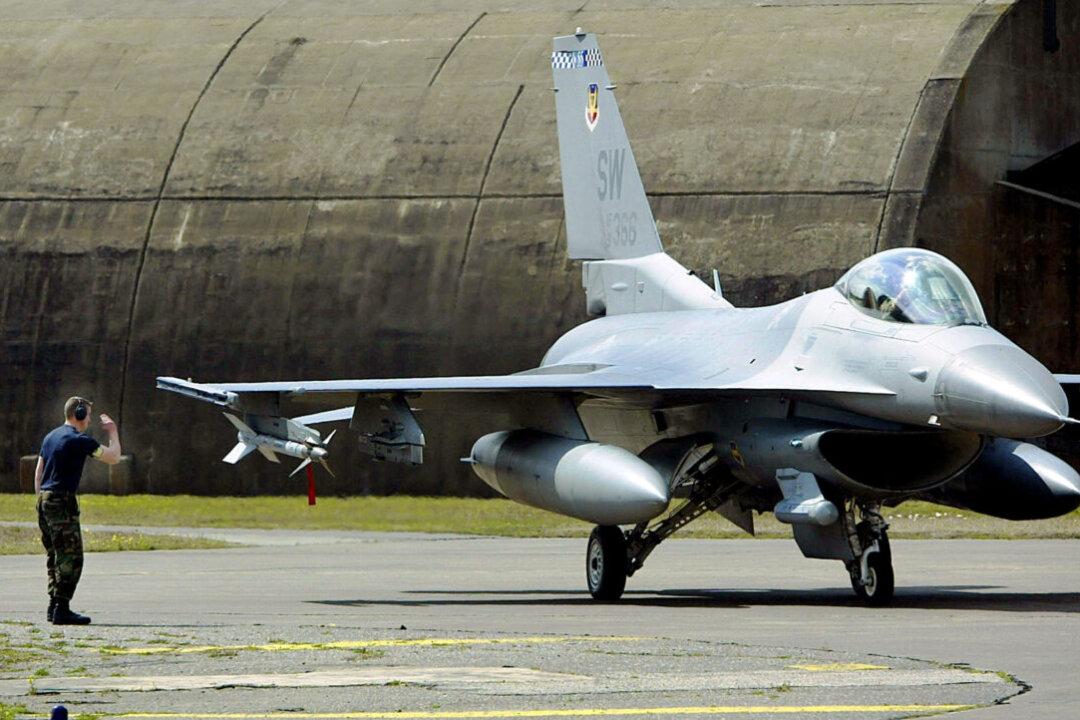A Chinese balloon was spotted floating over the Middle East by the U.S. forces stationed there last fall, but didn’t prompt any attempt to get a closer look at it, the top air commander for the region said Monday.
In the latest revelation of what appears to be a part of Chinese communist regime’s global airborne surveillance project, Lt. Gen. Alex Grynkewich told reporters that the balloon was deemed not a threat because it “did not go anywhere near any of our sensitive sites.”





